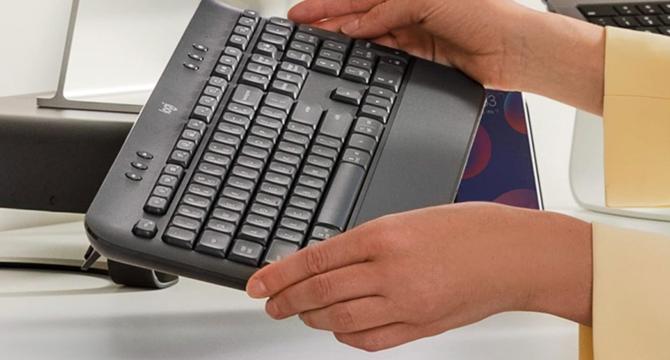Digitaltrends
1M
308

Image Credit: Digitaltrends
Keyboard buying guide: everything you need to know
- Buying a keyboard can be complicated, but it’s not difficult if you know what you are looking for.
- The size and shape of your keyboard should be determined by the space you have for it, and the keys you really need access to.
- The different sizes of keyboards include full-size, compact full-size, TKL, and compact.
- The switch design is arguably the biggest factor in the feel and responsiveness of your keyboard. Mechanical switches are popular for gaming and typing, while rubber dome or membrane switches are cheaper and quieter but less responsive.
- Keycaps tend to be a feature of the keyboard's price. ABS keycaps are cheaper and less durable whereas PBT keycaps are more durable but more expensive.
- The more control over media, the more expensive the keyboard tends to be. Look for keyboards with media keys that don't require a secondary press to actuate.
- Backlighting is important for those who want per-key control, normally requiring mechanical switches, but can come with zone-based lighting for membrane boards and cheaper mechanical keyboards.
- Wired keyboards tend to be cheaper than wireless, but wireless keyboards can be more versatile and with comparable input lag. Key factors include battery life and RGB backlighting.
- The most ergonomic keyboards aid comfort and have keys at different angles. Some come with comfortable wrist rests.
- Additional features can include a built-in display, adjustable switches, swappable switches, and wrist rest.
Read Full Article
18 Likes
For uninterrupted reading, download the app